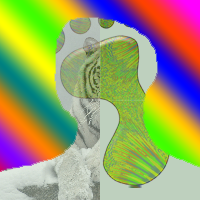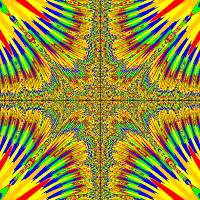I have a JList and a DefaultListModel, created like this:
I didn't use the <> for the classes. I want to know how I can (if I can) have an element in the list which has a String and GreenfootImage in it.
Right now I'm adding things into the list like this:
Just doing this:
shows "greenfoot.GreenfootImage@<numbers and lowercase letters>" in the list. I want to get the list to know that it's supposed to show an image, not only text (and display the image not just "get the list to know").
1 2 3 | private DefaultListModel usersListModel = new DefaultListModel();private JList usersJList = new JList(usersListModel);private JScrollPane usersScrollPane = new JScrollPane(usersJList); |
1 | usersListModel.addElement("Test Text"); |
1 | usersListModel.addElement(new GreenfootImage(10, 10)); |






